The world today is filled with stunning visual displays that serve us immersive content intended to inform, educate, and captivate viewers. Behind every visual display is a conscious decision of the type of content that will be presented and the physical medium it will be presented on. These decisions are based on many factors and we will explore each one of those here.
When determining your visual display, there are two key factors that help the decision to be made. First, what is your content? Some examples are: presentations, movies and videos, digital signage, or analytical data; the content is the visual media that will be viewed by your audience. Second, where will your content be displayed? Not the physical display – we will get there, but the room or area that your content will be on display. Examples might include: a classroom, boardroom or conference room, common area, or a dedicated theater/screening room. Either way, the answers to these two questions can compliment or define each other.
Once we have an idea of the answers to the first two questions, we can look at the additional factors that will guide our decision making. As we start to compare the various types of visual displays, we need to define the primary factors that will help navigate the type of technology solution that will best suit your application.
The Factors
Firstly, as mentioned above, physical room size and how it’s going to be viewed in the room go hand-in-hand with the ideal size of display and resolution needed. For example, if your room size is large, but will be partitioned off for individual rooms, the displays may be different than if the large room size won’t be partitioned off into sections. Or, you may want displays for both possibilities. In addition to the size and use of the room, the source of your content also plays a part in the type of resolution that is needed. For example, if you’re viewing architectural blueprints or fine-detailed spreadsheets you may want higher resolution than for digital signage content or a video conference call.
Other factors that are used when determining the best type of display technology are:
- How much ambient light is in the room
- Whether the display needed is for inside or outside use
- Whether a wide viewing angle is needed
- Whether a standard size will work or if a custom size is needed
- Whether or not the display will be used consistently or constantly or just on occasion
- How much you are willing to pay
Flat Panels
In the market today, there are several options to choose from when looking at flat panels. Some readers may be familiar with terms like LCD, LED, OLED, QLED, etc., and those are all flat panel types. But what they all have in common, and is one of the largest constraints, is their fixed frame size. In general, for video display purposes, flat panels range from 43” to around 100” measured diagonally. You cannot increase the size of your flat panel display. Another downside, although not quite as big of an issue as limited and/or fixed size, is the viewing angle. Images can be harder to view on flat panel displays at wider angles and makes their use less effective particularly in larger rooms with lots of viewers.
Although size and viewing angle could limit whether or not to use a flat panel, they have some incredible advantages. Flat panel displays are good in rooms with ambient light and can even be used outside if they have the correct protective housing. Flat panel displays can also take advantage of high resolutions being offered, such as 4K and even up to 8K. But, in order to take full advantage of the higher resolution, it requires viewers to be closer to the display. Flat panels are also pretty straight-forward and easy to install. Other strengths they can have, depending on the model, is their ability to operate on a consistent or even 24/7 basis, and their ability to offer interactive and touch-screen abilities. Lastly, the cost of flat panels, compared to other technologies, is very reasonable. As you can probably see, there’s a lot of potential for flat panel displays and is one of the main reasons they are commonly seen in the workplace, hospitality, and commercial spaces.
Strengths:
- Good with ambient light
- Can be used outside
- Lower cost than other technologies
- Long operation time models are available
- Interactive components are available
- Easy to install
Weaknesses:
- Size constraints
- Lacks wide viewing angle
Projectors
If you are trying to achieve a sizable image, while being conscious of cost, projection is a great solution. Projectors are classified in brightness categories, and are measured in “lumens” or the amount of light that is emitting from the source (the higher the lumens – the brighter the image, the lower the lumens – the dimmer the image). How many lumens you will need for your application can be complicated, but the primary factors are the ambient light on your projection surface and overall image size. The larger the image, the more lumens you will need to achieve a bright enough image for your content to be viewed. Additionally, if you are in a well-lit environment or have lots of ambient light, you will need more lumens to achieve an acceptably bright image – so the display may be more costly to achieve the higher lumens or the picture may become washed out. Similarly, this is what makes using projection displays outside less viable. However, if you can control the lighting environment, and reduce the amount of light on your projection surface, a projector may be a great option.
In regards to viewing angle, viewing angles can be good, but this is more dependent on the screen or surface being projected on rather than the projector technology itself. But as alluded above, projectors can achieve a sizable, large display and their image size is not fixed or limited to a frame. The size is very customizable. Projectors are usually easy to install as well, and are also available in interactive models. Although the new laser projectors eliminate the need to change filters and offer higher lifetimes than the older lamp based projectors, projectors are not recommended for consistent or 24/7 operation. But, for their adaptability and range of size, the cost of projectors is very reasonable.
Strengths:
- Size is customizable
- Lower cost than other technologies
- Easy to install
- Interactive models
Weaknesses:
- Ambient light
- Not great for outside use
- Lamp life not recommended for 24/7 use
Dependent on other factors:
- Viewing angle
Video Wall
When you need some of the benefits of a flat panel (good in ambient light with high brightness, could be used outside with proper housing, could be interactive with proper components, and/or long constant operation times) without sacrificing size, you can easily be led into a video wall solution. But, like flat panels, a video wall also can have the weakness of viewing angle. However, by combining multiple flat panel displays together to create one large image, we can achieve image sizes that are normally left to projection, with the high brightness and performance of a standard flat panel.
Video wall sizes aren’t quite as flexible as projection, but utilizing 55” displays (measured on the image diagonal) we can easily achieve a 110”, 165”, 220”, or larger image size! As you can see, we must increment multiples of our primary display size, which also increases the complexity of the overall solution quickly. For example, a 220” video wall with 55” displays will consist of 16 individual displays (4 columns and 4 rows). This means 16 individual mounts, 16 individually managed signals, and potentially an image scaler or processor to route a single source to all displays, or multiple sources to a selection of displays, most commonly configured with a third party control system. Because of this, installation is not as straightforward as one flat panel display or a projection system. In the end, the image size may be achieved easily, but there is still a large cost to be factored for the components behind the scenes to provide a seamless viewing experience.
Strengths:
- Good with ambient light
- Can be used outside with proper housing
- Sizes can be large
- Long operation time models are available
- Interactive components are available
Weaknesses:
- More costly than a projector
- Sizes aren’t as custom as projection
- Viewing angle is limited
- Installation is much more complicated than a flat panel or projector
Direct View LED
Last, but definitely not least (and my personal favorite), is direct view LED. Forget everything we have discussed about physical size constraints, environmental factors, ambient light levels, and image resolution, and focus on fully immersive content. Direct view LED solutions can be designed to fit your application. They are available in varying sizes and customizable to be used in virtually any location. There are brightness options that can be used in dark rooms or direct sunlight, and there is a wide selection of “pixel pitch” to achieve target resolution’s in any size.
However, this much flexibility comes at a cost, pun intended. While some manufacturers have gone more mainstream by offering “kits” or “bundled” packages in certain sizes and overall resolution, cost is still higher than any other technology solution. Direct view LED does offer the longest runtime (100,000 hours of active viewing), which is a great benefit, but as a solution the overall price is generally higher than competing technologies. Additionally, similar to video walls, direct view LED often requires components such as scalers and processors to properly display video standard resolutions on custom canvases that have been created to suit your space. One other thing to consider is if you’re looking for something interactive, like a touch panel, although extra equipment may be available to facilitate that, it’s not as readily available and it’d be an additional cost to add on top of an already more-costly solution.
Strengths:
- The best technology for ambient light
- The best technology to use outside
- The best technology for wide viewing angles
- Custom size
- Can be used 24/7
- Great operational lifetime
Weaknesses:
- Generally higher cost than competing technologies
- Not as readily interactive as projection or flat panels
Summary
In summary, when looking at display technologies, there is no ‘one size fits all’ solution. If you are on a tight budget or you need a custom size display, those restraints will absolutely be a factor for you when looking at solutions. Although we covered most of the main strengths and weaknesses of each display technology, there may be exceptions to each – especially as technology continues to evolve. However, knowing the factors that help find you the best suited solution for your application will help you decide which technology solution may be best for you and which direction to take your research.

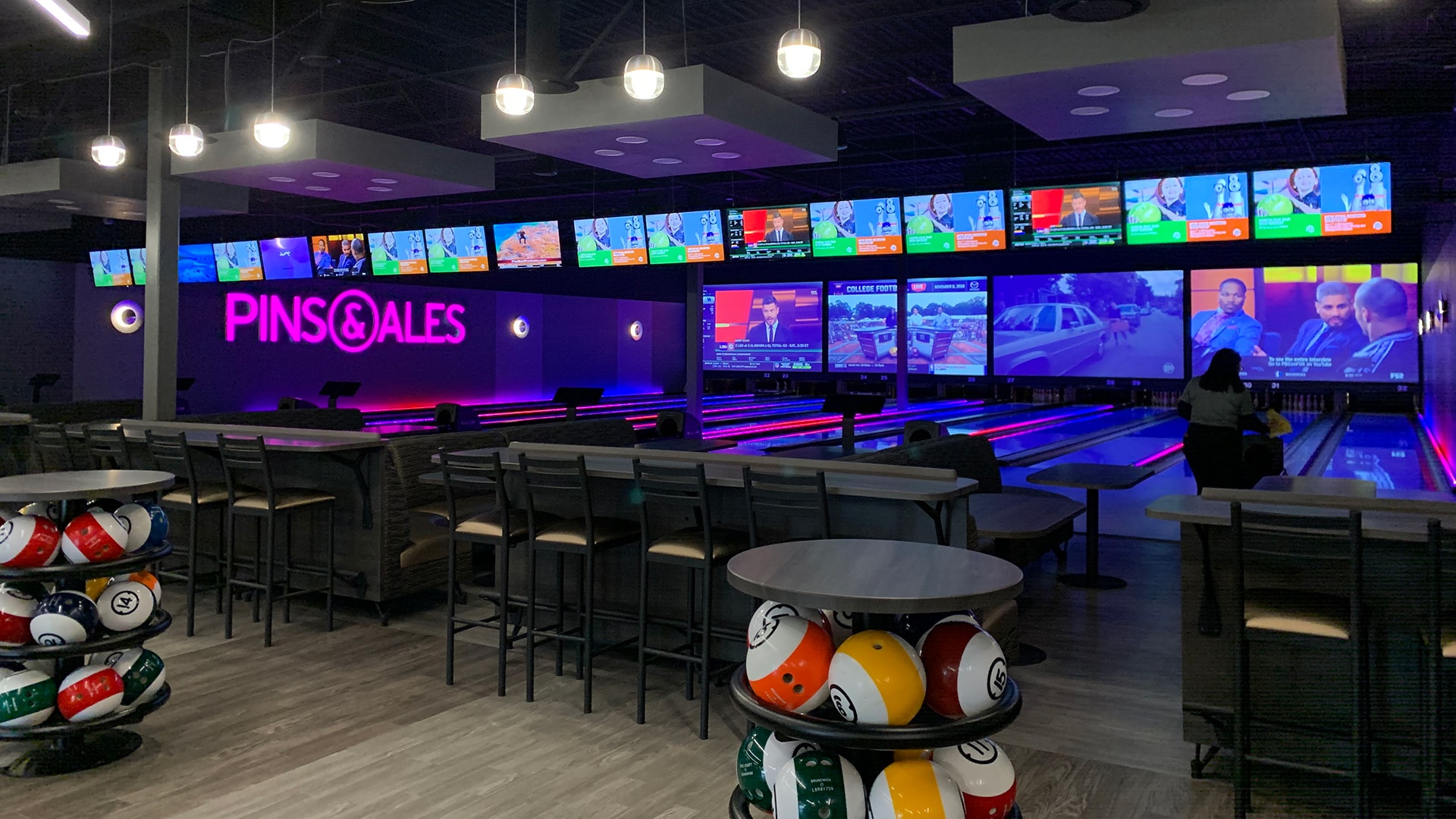
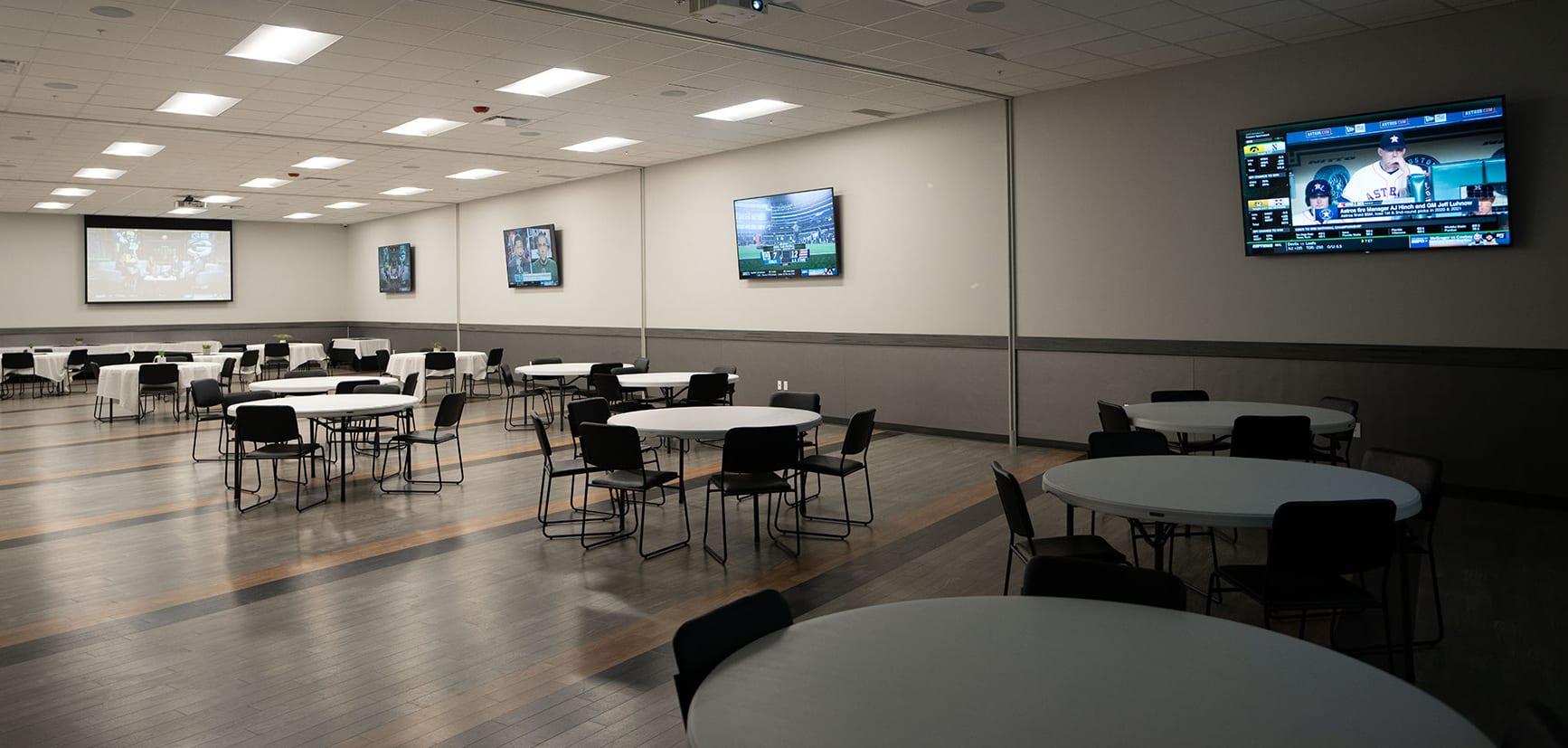
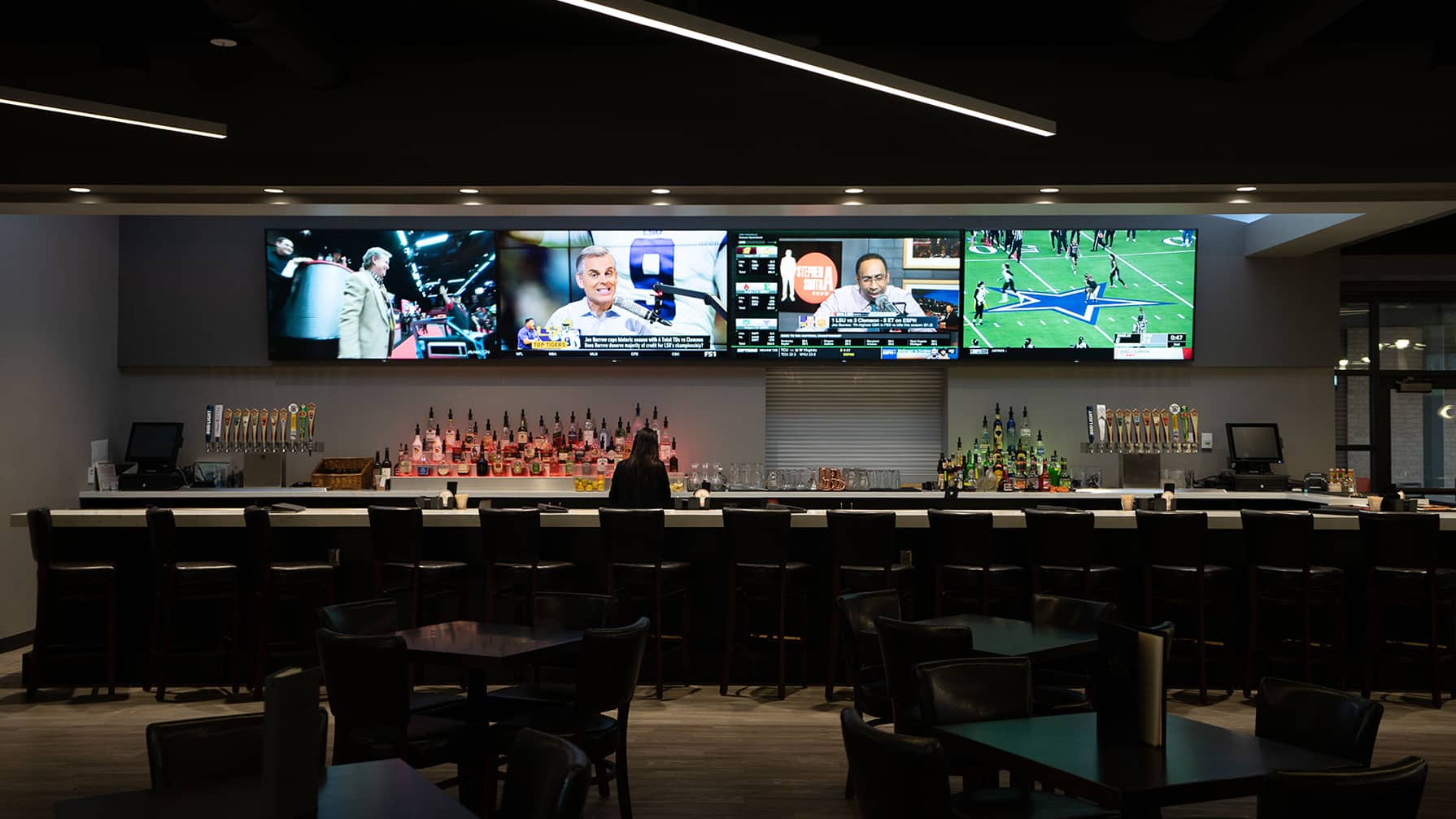
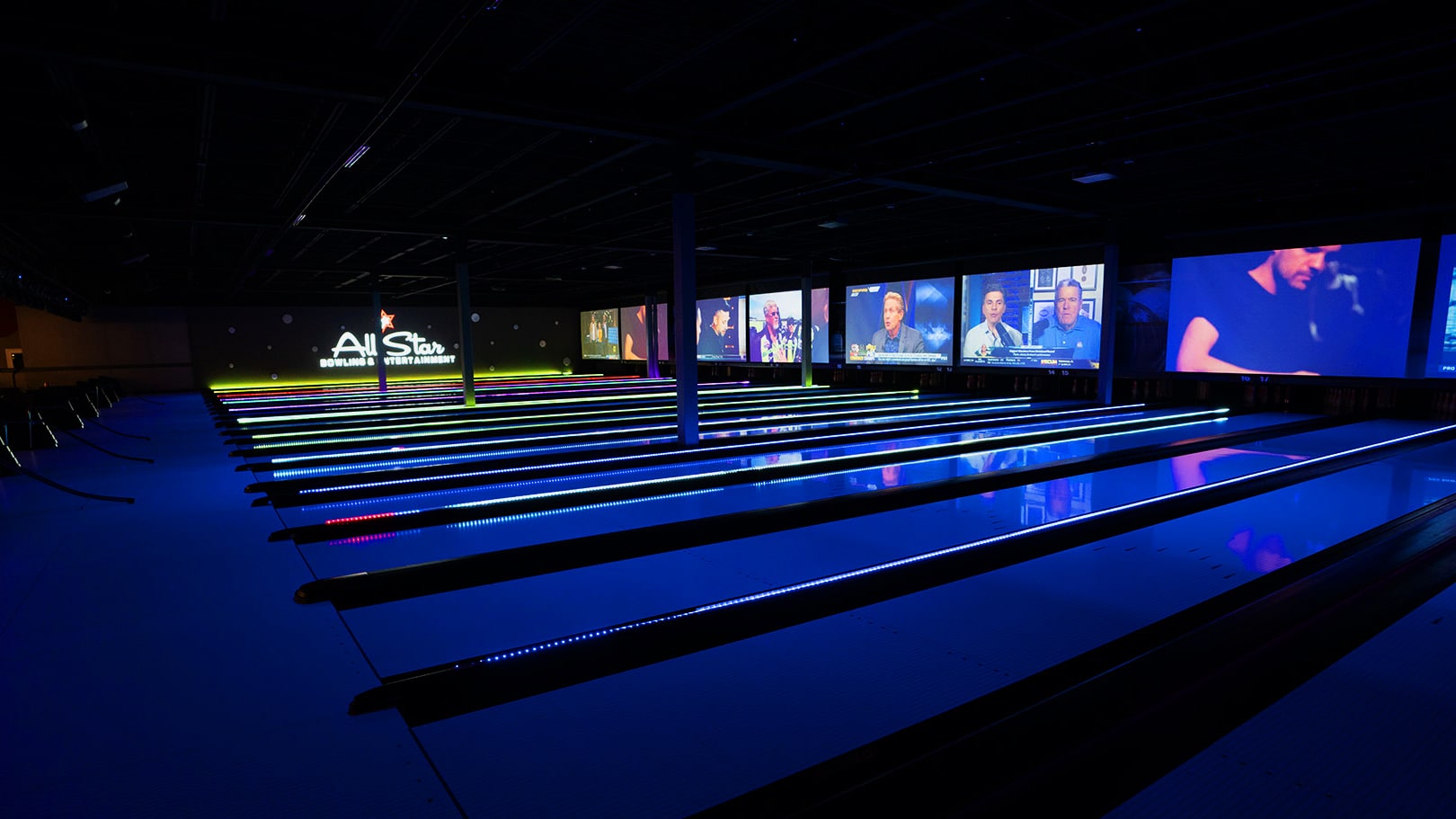
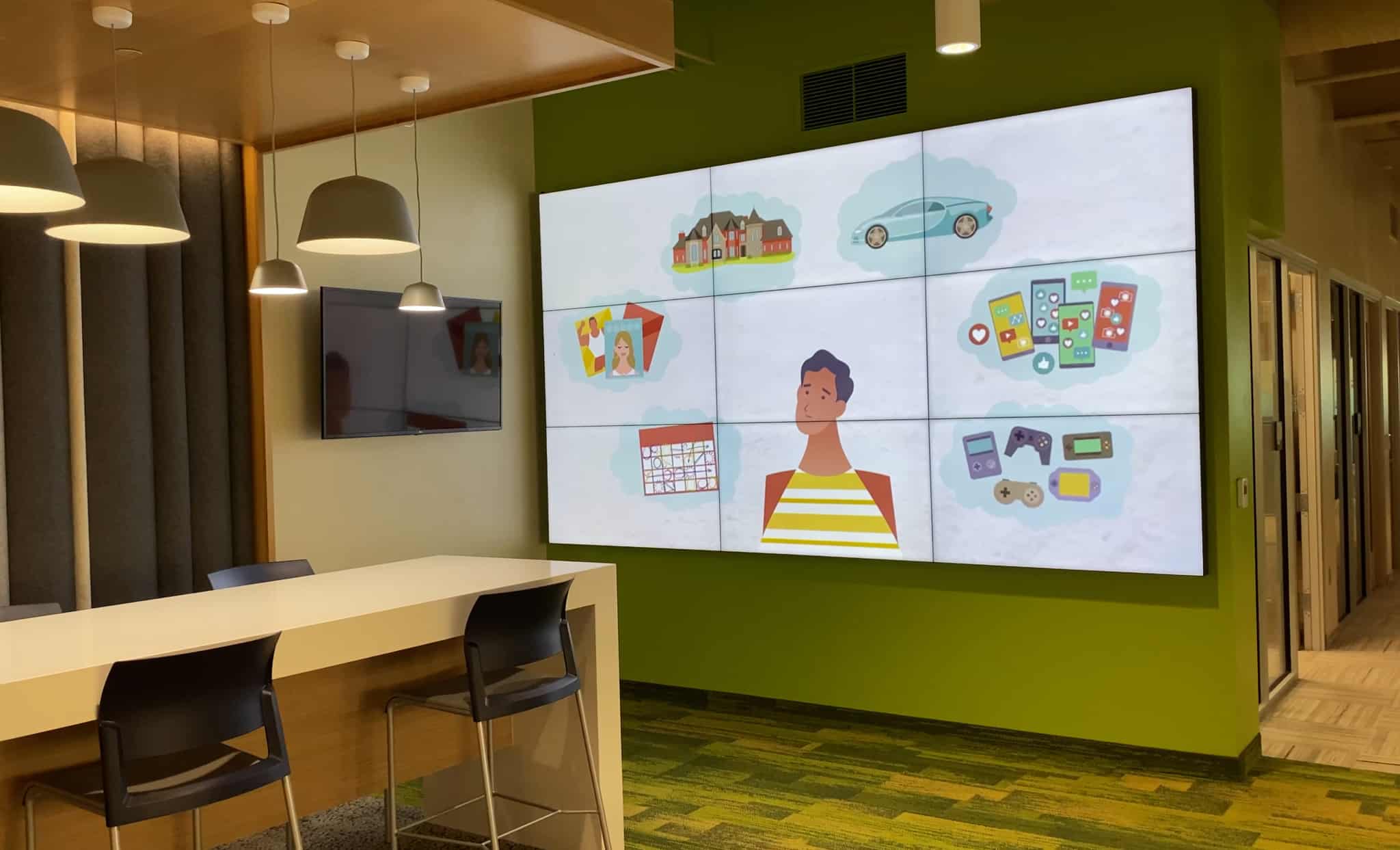
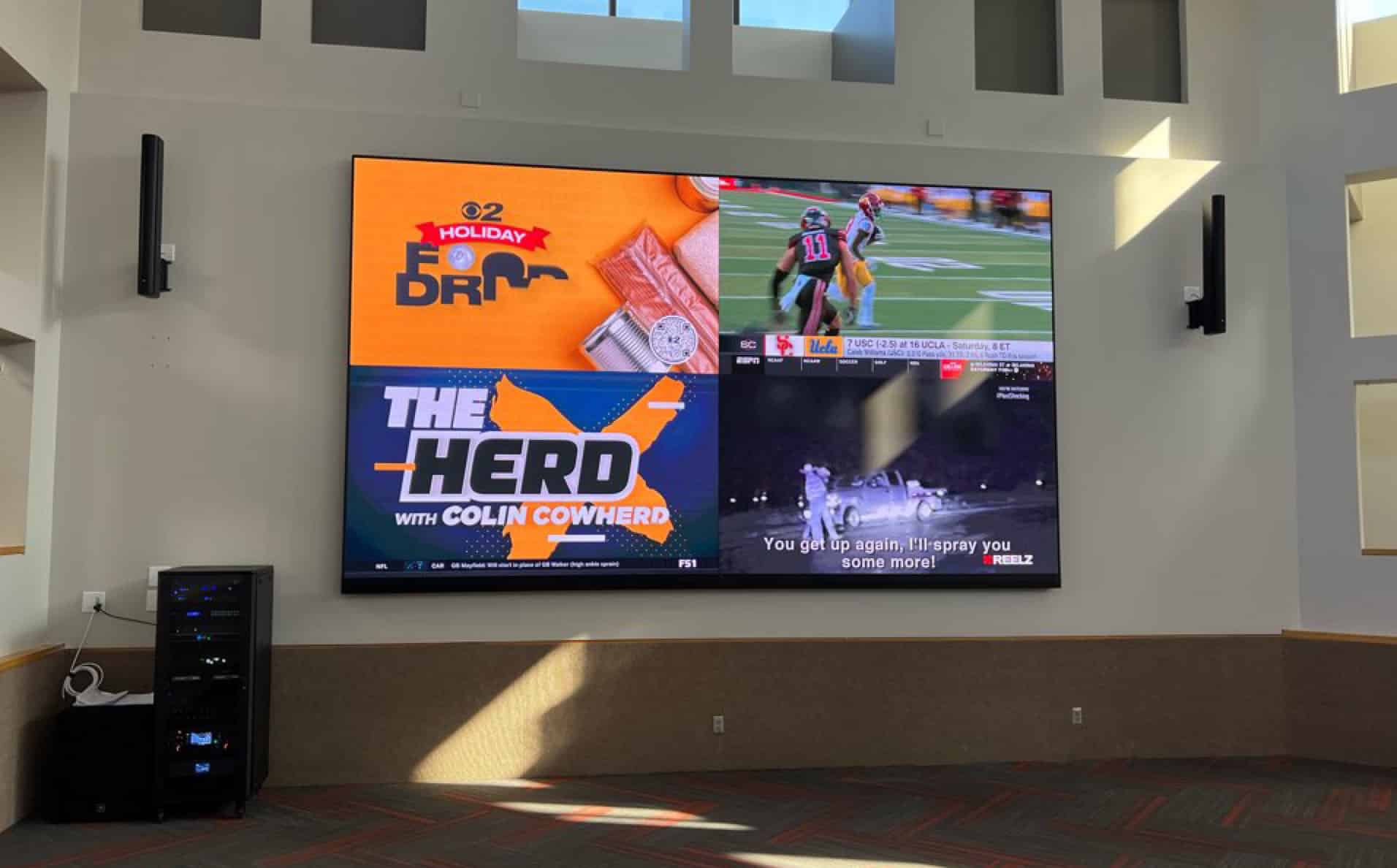

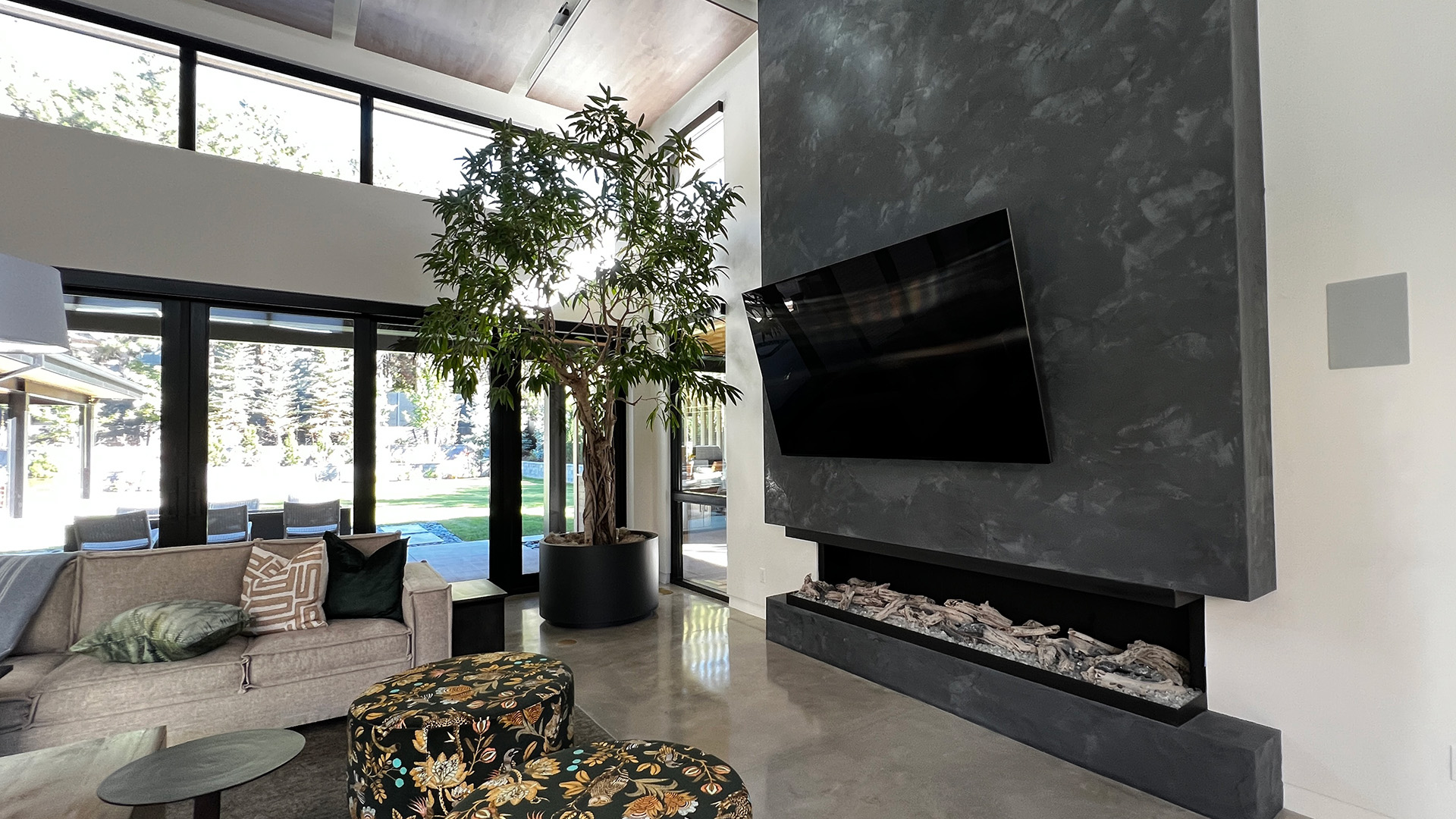
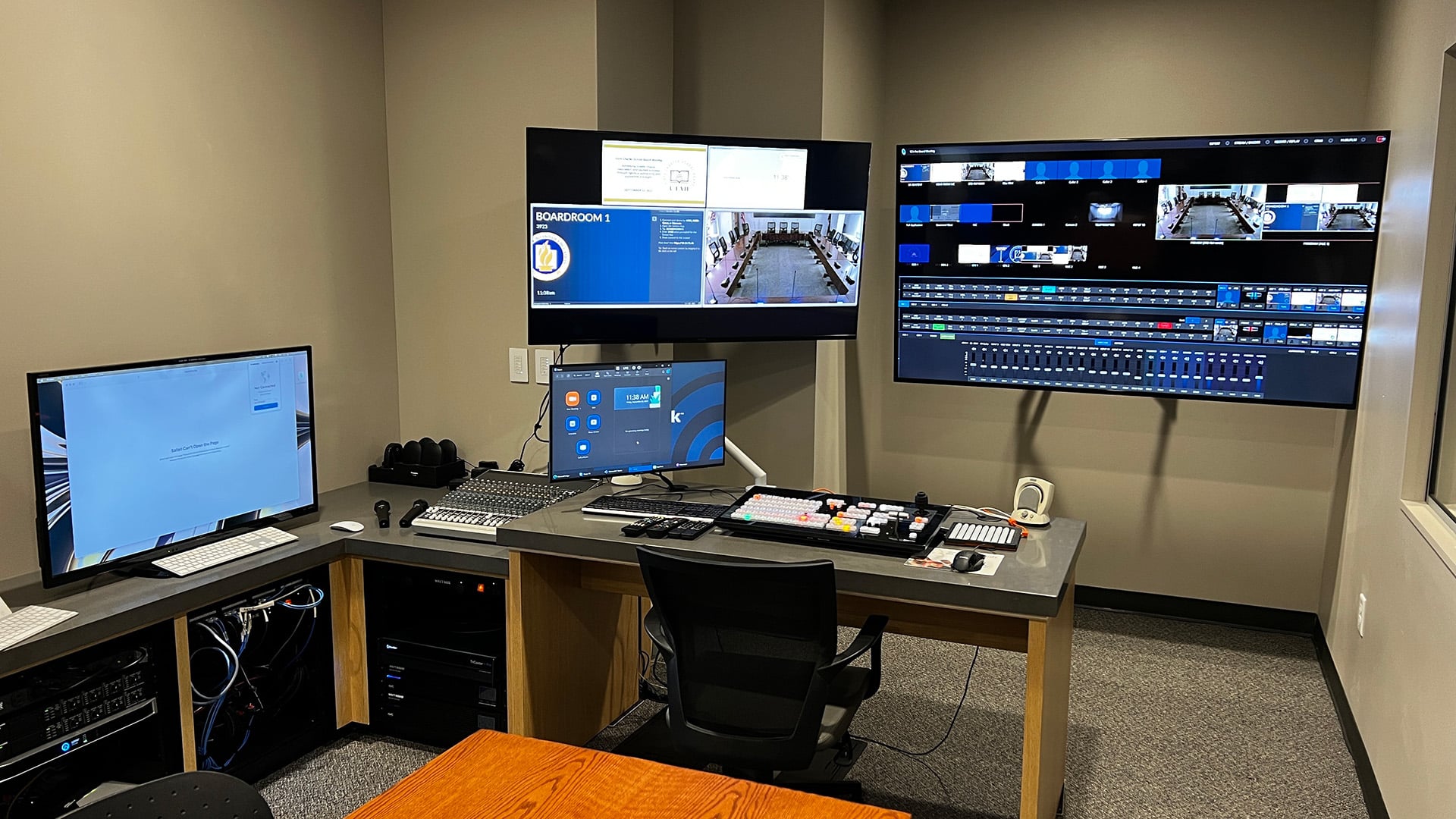
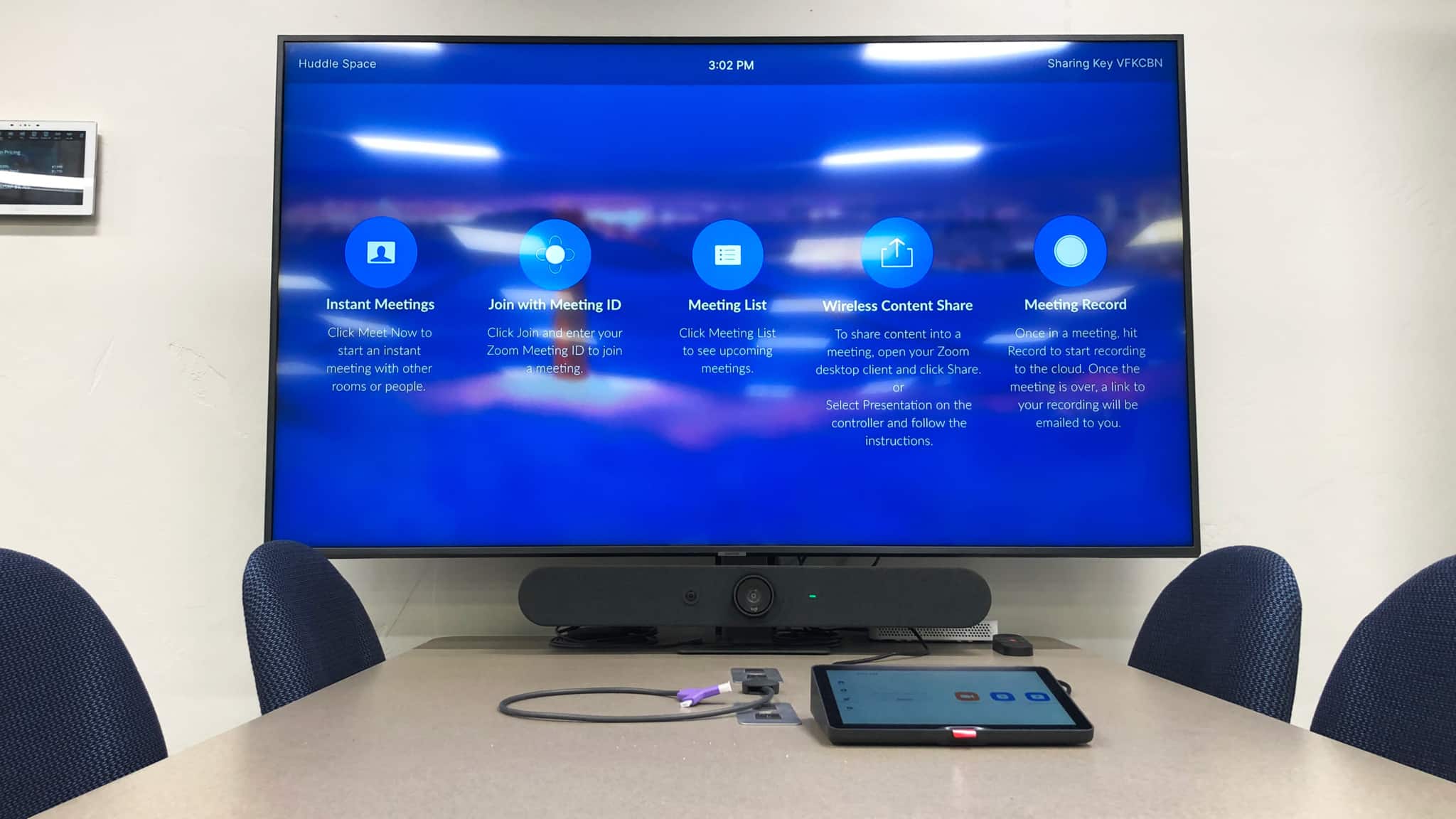
0 Comments